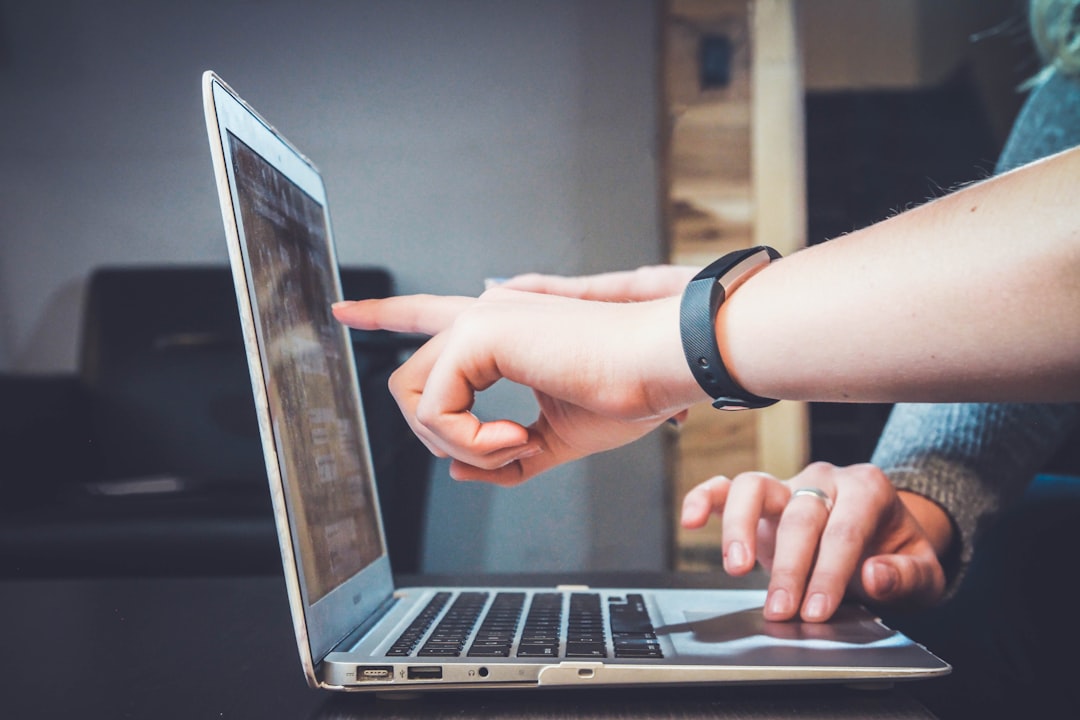What is it about?
We study the problem of learning online packing skills for irregular 3D shapes, which is arguably the most challenging setting of bin packing problems. The goal is to consecutively move a sequence of 3D objects with arbitrary shapes into a designated container with only partial observations of the object sequence. Meanwhile, we take physical realizability into account, involving physics dynamics and constraints of a placement. The packing policy should understand the 3D geometry of the object to be packed and make effective decisions to accommodate it in the container in a physically realizable way.
Featured Image

Photo by frank mckenna on Unsplash
Why is it important?
The problem of irregular shape packing is practically useful in many real application scenarios. In robotics, product packing robots for logistics automation is an active research area. In computer graphics, irregular shape packing has been widely explored in UV atlas generation, artistic puzzle design, 2D panel fabrication, and 3D printing, with various constraints.
Read the Original
This page is a summary of: Learning Physically Realizable Skills for Online Packing of General 3D Shapes, ACM Transactions on Graphics, June 2023, ACM (Association for Computing Machinery),
DOI: 10.1145/3603544.
You can read the full text:
Resources
Contributors
The following have contributed to this page










